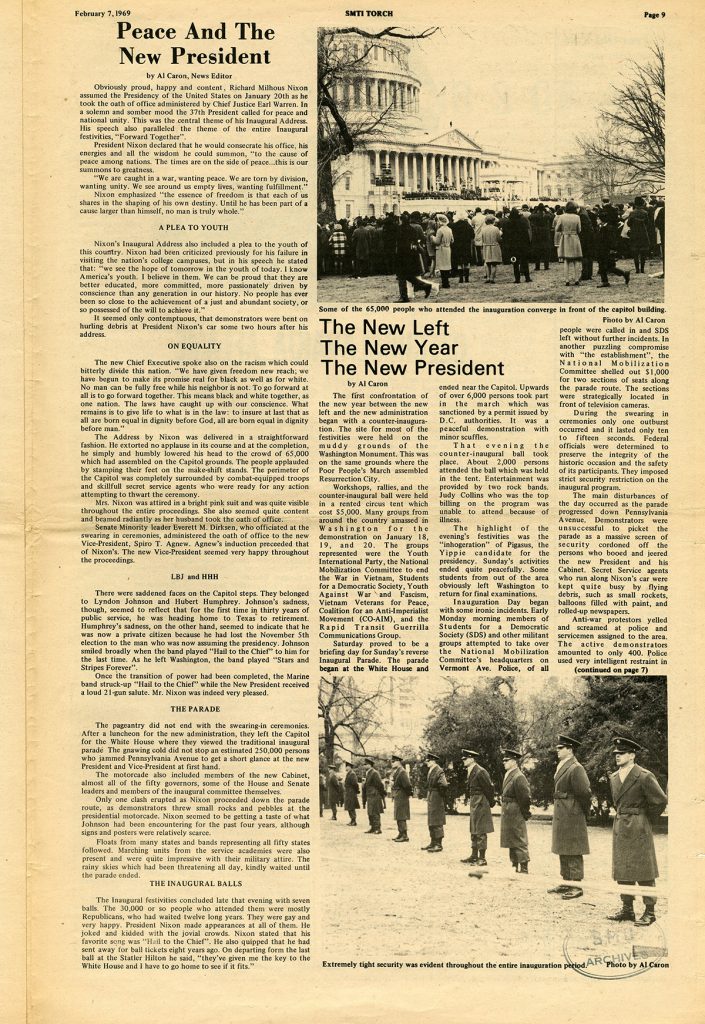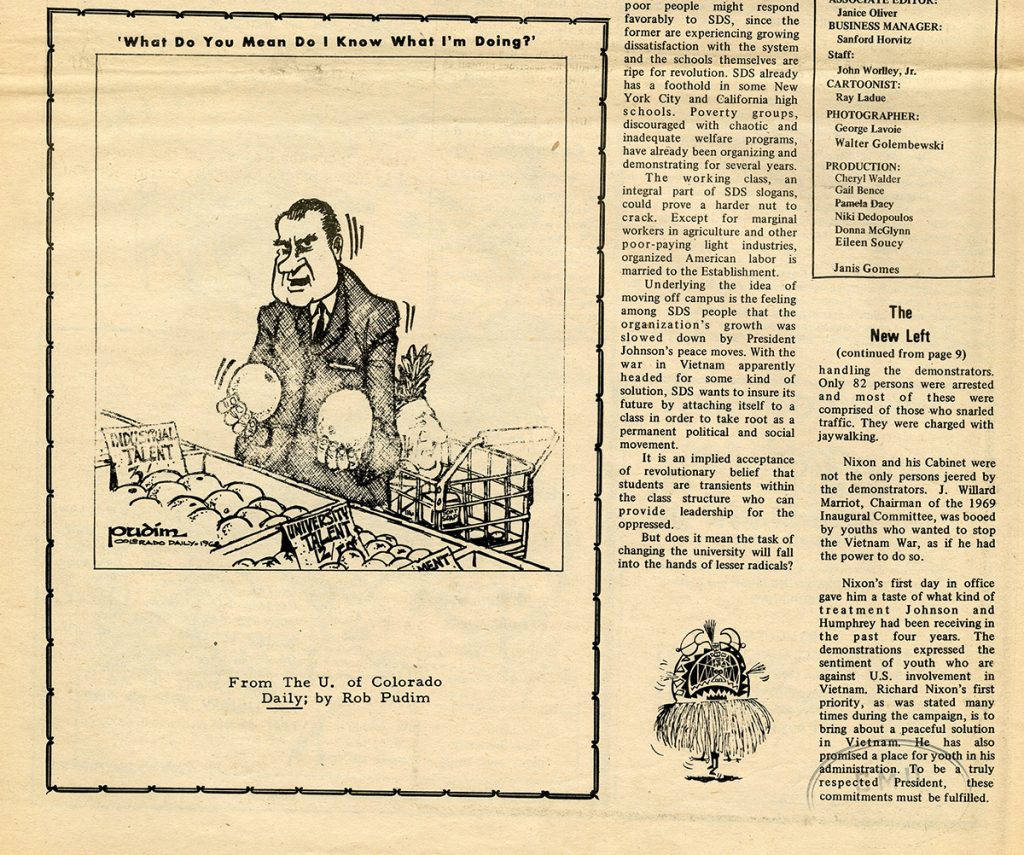As commencement approaches this year, I look back on commencement of 100 years ago. At that time there were two textile schools, Bradford Durfee Textile School (BDTS) and the New Bedford Textile School (NBTS). One graduated 32 day students with diplomas from one of the courses of study offered at that time. The other graduated 27. BDTS had five courses of study: General Cotton Manufacturing, Designing and Weaving, Chemistry and Dyeing, Engineering, and Freehand Drawing and Painting. NBTS had six: General Cotton Manufacturing, Chemistry, Dyeing and Finishing, Designing, Carding and Spinning, Seamless Hosiery Knitting, and Latch Needle Underwear Knitting. There were a total of only six women across both day schools. Women at that time generally took the freehand drawing and textile design classes, which today we would refer to as “surface pattern design.” NBTS, however, graduated one woman in Chemistry, Dyeing and Finishing. Each school also offered night courses for factory workers. These programs graduated far more students than the day schools: over 400 between the two schools. The programs of study, leading to a certificate, varied from one to two years. And finally, both day and evening classes were tuition free for Massachusetts residents.
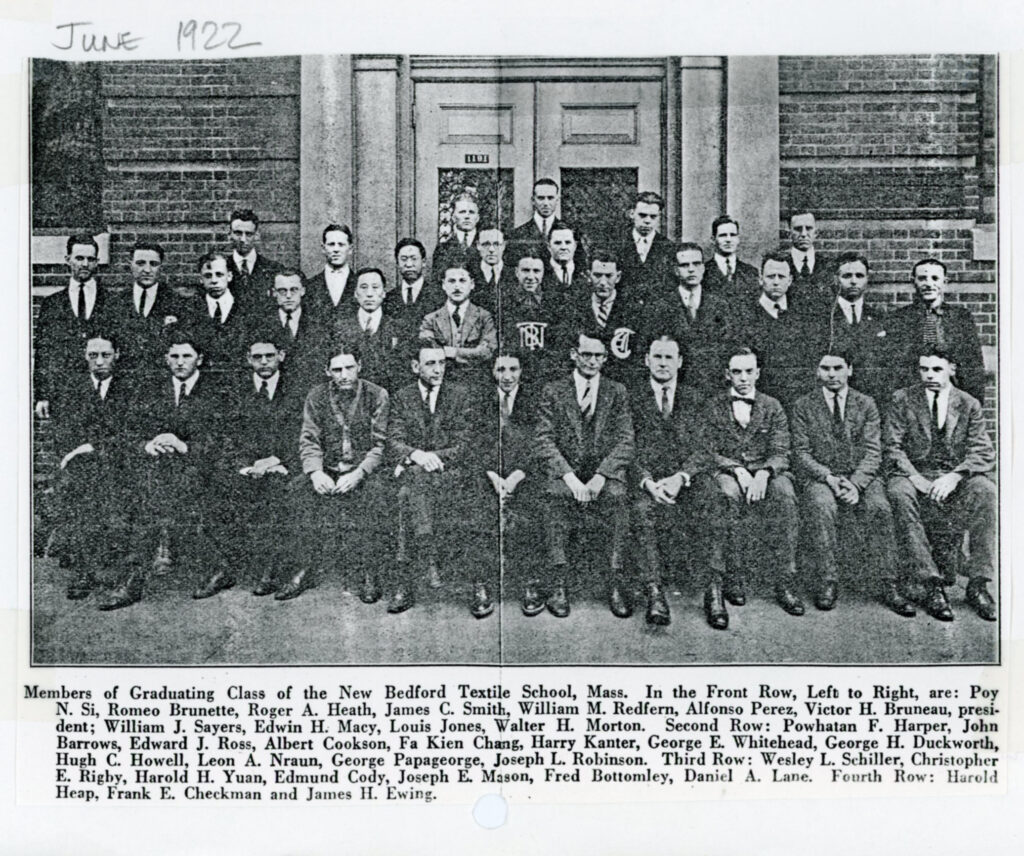
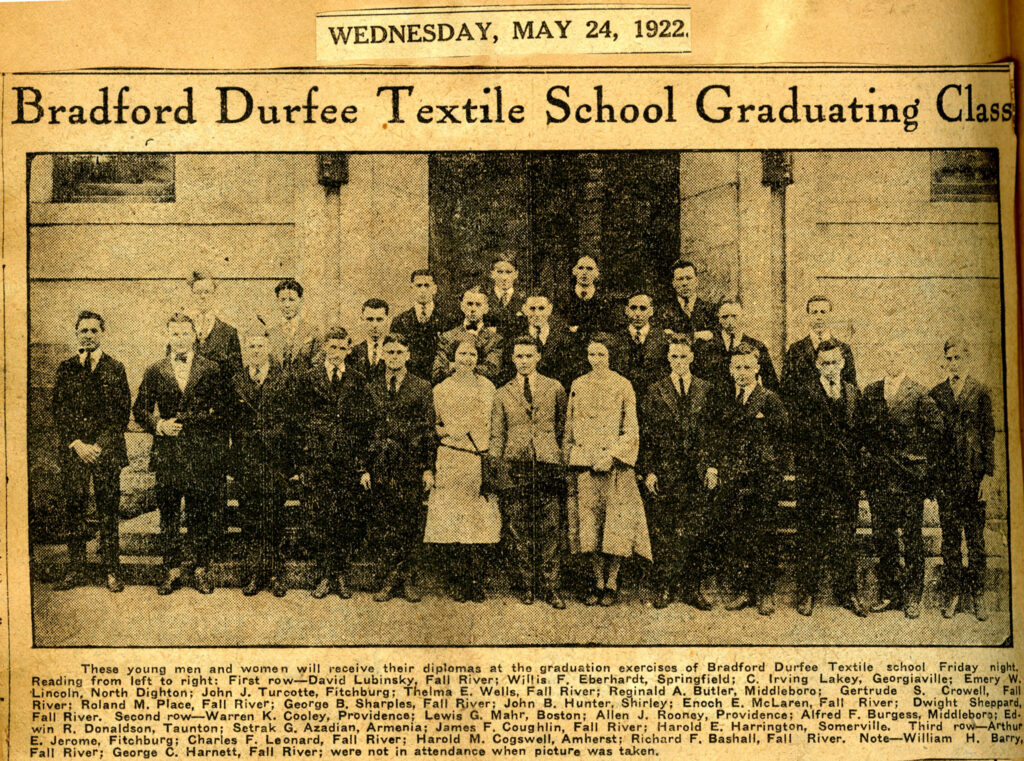
Graduation/Commencement programs for all years at both schools, plus all of their descendant schools, including Southeastern Massachusetts Technological Institute, Southeastern Massachusetts University, and the University of Massachusetts Dartmouth, are available online in our digital archives, at https://umassd.primo.exlibrisgroup.com/discovery/collectionDiscovery?vid=01MA_DM_INST:umassd_library&collectionId=81121760040001301
Yearbooks and the annual catalog are online at the Internet Archive at www.archive.org

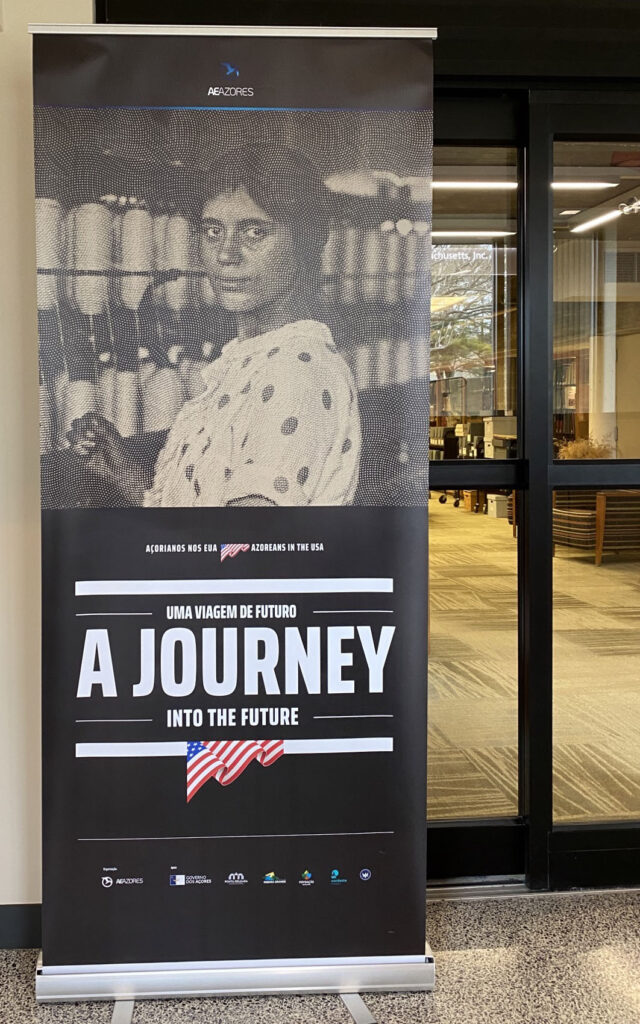
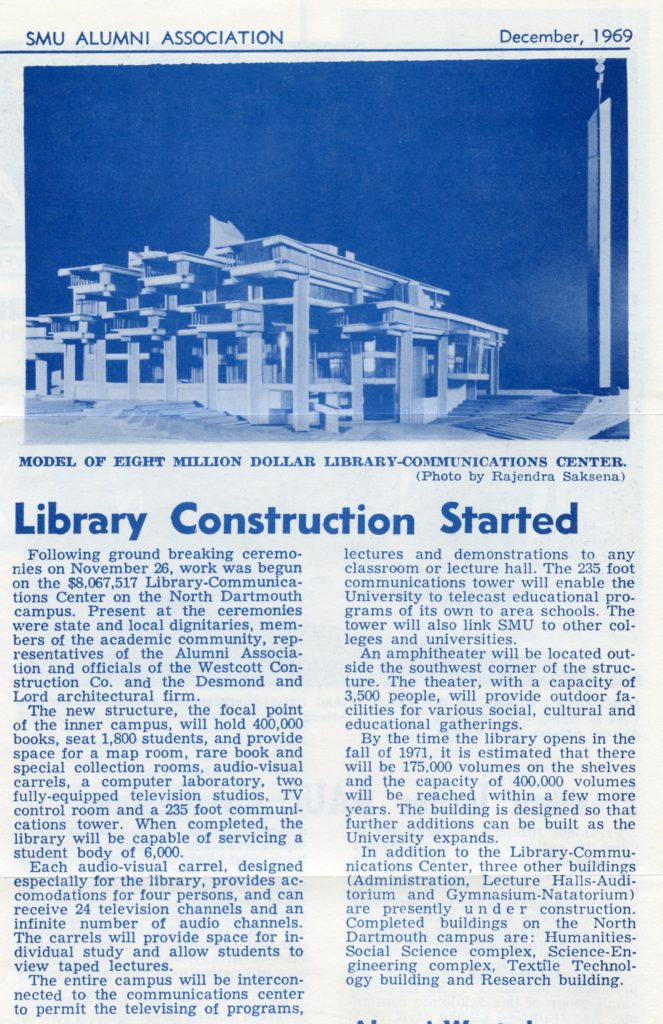



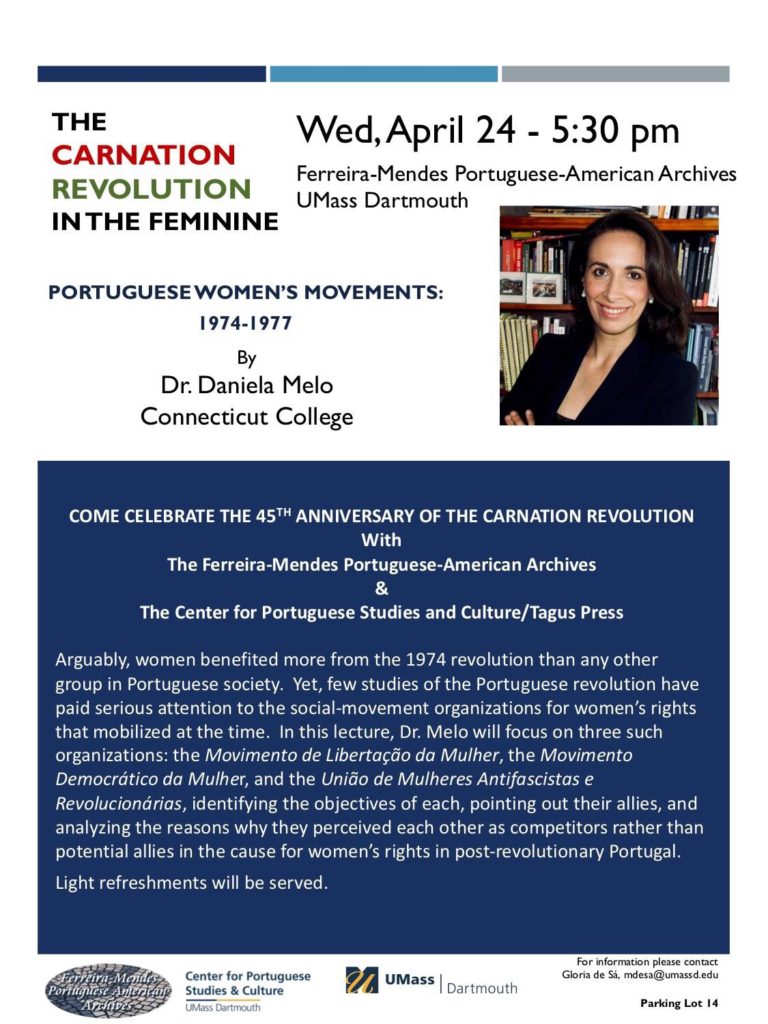




 As a graduate student from Simmons College in the archival track of the Library and Information Sciences program, I completed a semester long internship at the Claire T. Carney Library Archives and Special Collections at the University of Massachusetts Dartmouth. The focus of my internship was creating more functional and searchable digital records for 28 university collections through the archives management system ArchivesSpace. Most of these collections were university records that document how faculty, staff and students contributed to the history of the University of Massachusetts Dartmouth and connected universities such as the Swain School of Design. However, a few manuscript collections, namely the Robert F. Kennedy Assassination Archives Records, were also processed as digital records during the semester.
As a graduate student from Simmons College in the archival track of the Library and Information Sciences program, I completed a semester long internship at the Claire T. Carney Library Archives and Special Collections at the University of Massachusetts Dartmouth. The focus of my internship was creating more functional and searchable digital records for 28 university collections through the archives management system ArchivesSpace. Most of these collections were university records that document how faculty, staff and students contributed to the history of the University of Massachusetts Dartmouth and connected universities such as the Swain School of Design. However, a few manuscript collections, namely the Robert F. Kennedy Assassination Archives Records, were also processed as digital records during the semester.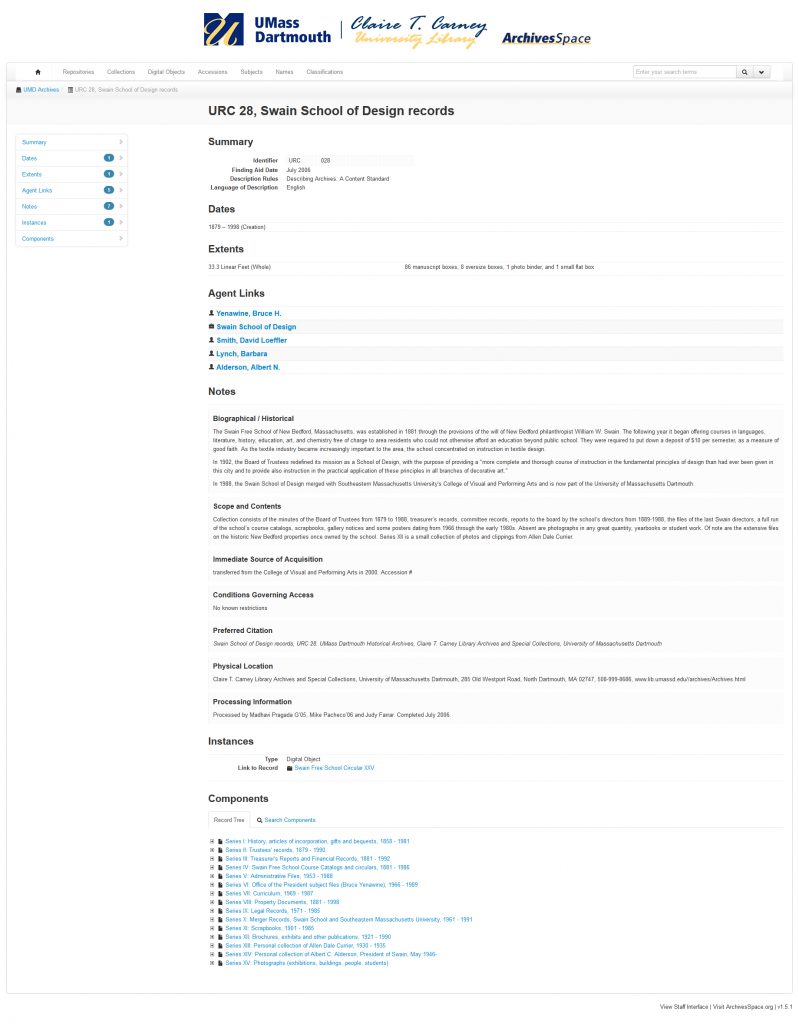
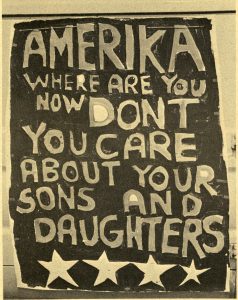 The anti-war movement gained momentum in 1970 after four unarmed college students were killed by the National Guard in a protest at Kent State University in Ohio. Students were protesting America’s invasion of Cambodia and President Nixon’s escalation of the Vietnam War. These events galvanized students at college campuses across the country to go on strike. Students and faculty at Southeastern Massachusetts University, now UMass Dartmouth, were galvanized as well; 1,500 gathered on campus on Wednesday, May 6, 1970 to protest the war. At the time, total enrollment was only 3,000, so this was almost half of the student body. They followed this up with 500 participants marching down Route 6 to New Bedford City Hall, where they deposited one of four cardboard coffins that had been carried the entire route. At the end of the on-campus rally, Torch editor Bob Harp, read a national editorial calling for a nationwide university strike. Days later, on May 9, SMU students participated in a rally and march on Washington, D.C. SMU’s involvement was organized by the SMU Peace Action Committee and Regional Strike Committee.
The anti-war movement gained momentum in 1970 after four unarmed college students were killed by the National Guard in a protest at Kent State University in Ohio. Students were protesting America’s invasion of Cambodia and President Nixon’s escalation of the Vietnam War. These events galvanized students at college campuses across the country to go on strike. Students and faculty at Southeastern Massachusetts University, now UMass Dartmouth, were galvanized as well; 1,500 gathered on campus on Wednesday, May 6, 1970 to protest the war. At the time, total enrollment was only 3,000, so this was almost half of the student body. They followed this up with 500 participants marching down Route 6 to New Bedford City Hall, where they deposited one of four cardboard coffins that had been carried the entire route. At the end of the on-campus rally, Torch editor Bob Harp, read a national editorial calling for a nationwide university strike. Days later, on May 9, SMU students participated in a rally and march on Washington, D.C. SMU’s involvement was organized by the SMU Peace Action Committee and Regional Strike Committee.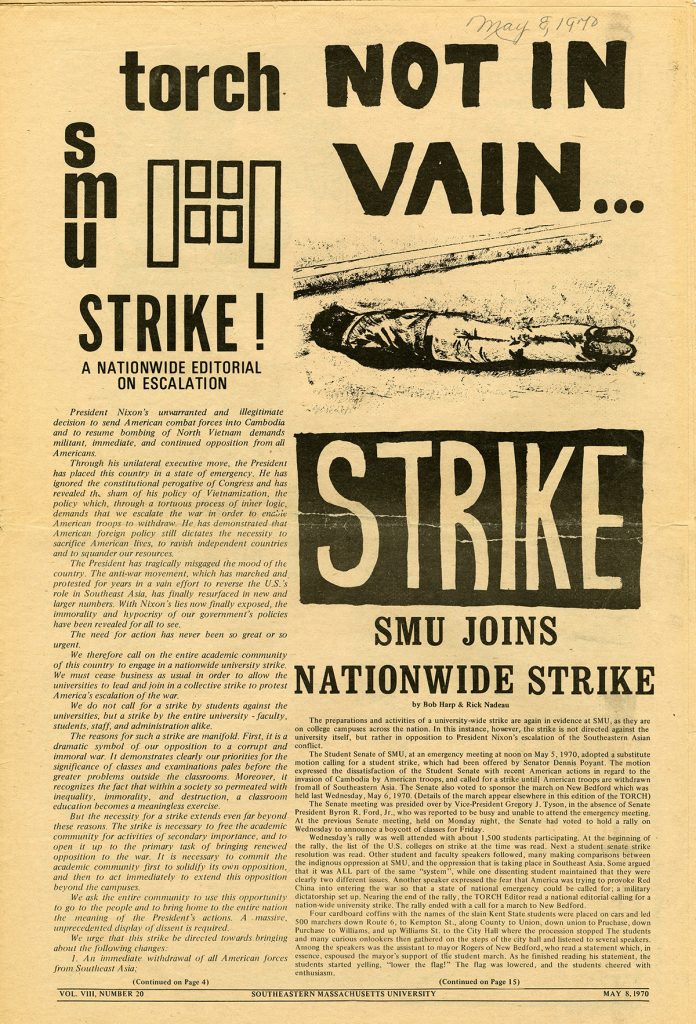
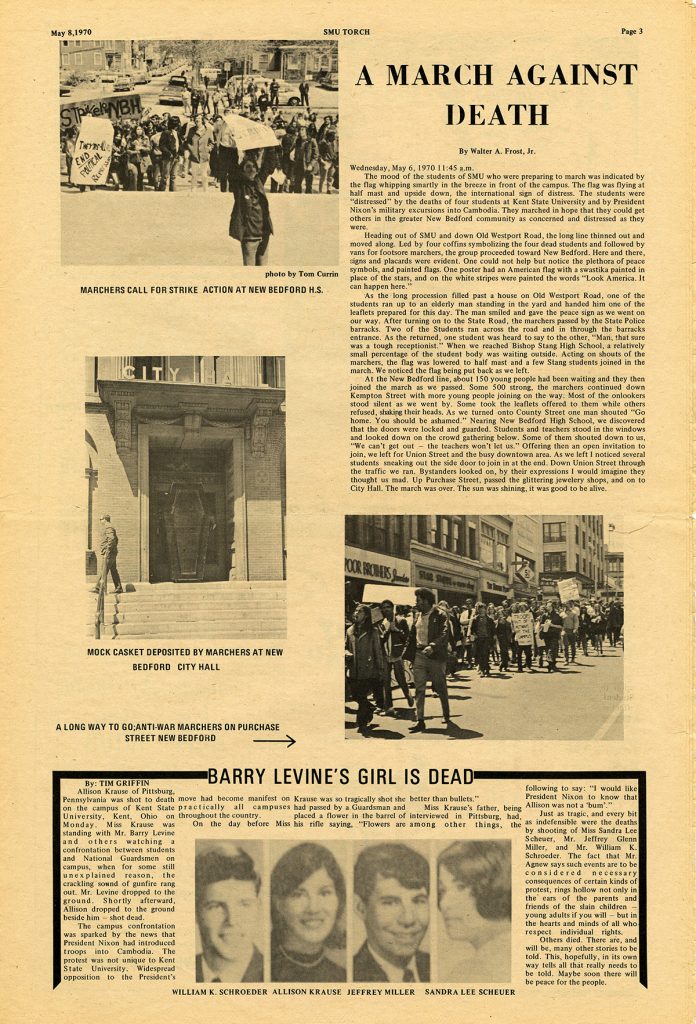 Issues of the student newspaper, the Torch, are preserved in the Archives and Special Collections, along with flyers that were
Issues of the student newspaper, the Torch, are preserved in the Archives and Special Collections, along with flyers that were 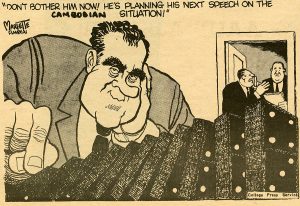 distributed on campus. For more information on the campus in the 1960s and the 1970s, contact the Claire T. Carney Library Archives and Special Collections at jfarrar@umassd.edu.
distributed on campus. For more information on the campus in the 1960s and the 1970s, contact the Claire T. Carney Library Archives and Special Collections at jfarrar@umassd.edu.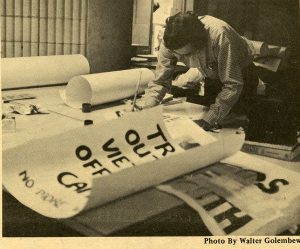 – Judy Farrar, Head, Claire T. Carney Library Archives and Special Collections, University of Massachusetts Dartmouth
– Judy Farrar, Head, Claire T. Carney Library Archives and Special Collections, University of Massachusetts Dartmouth